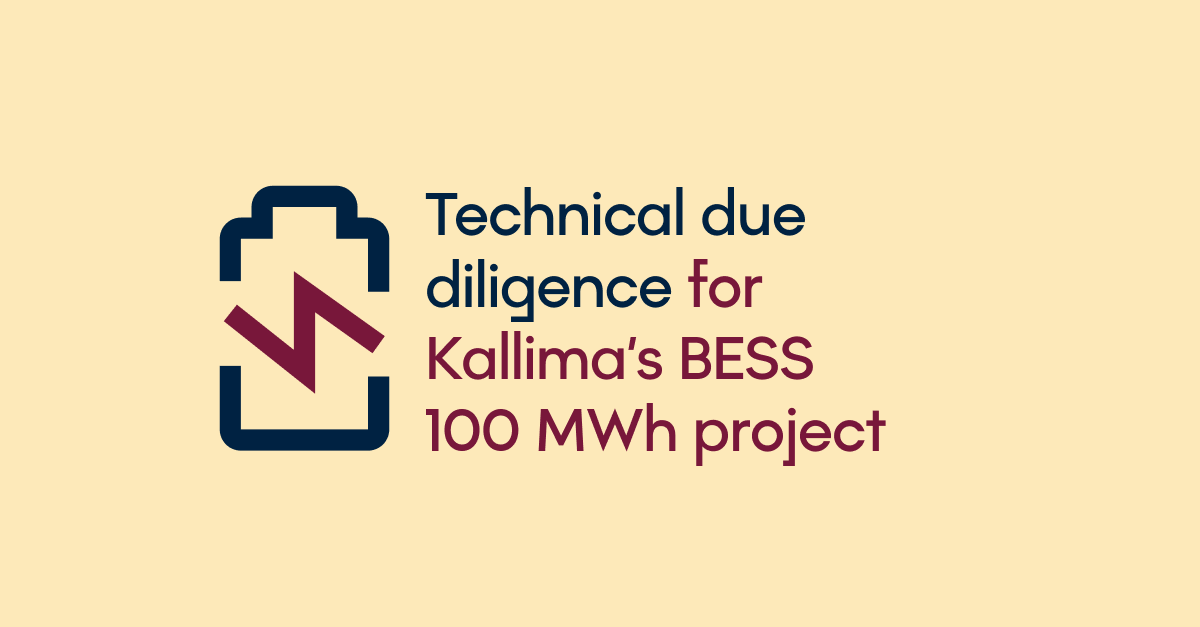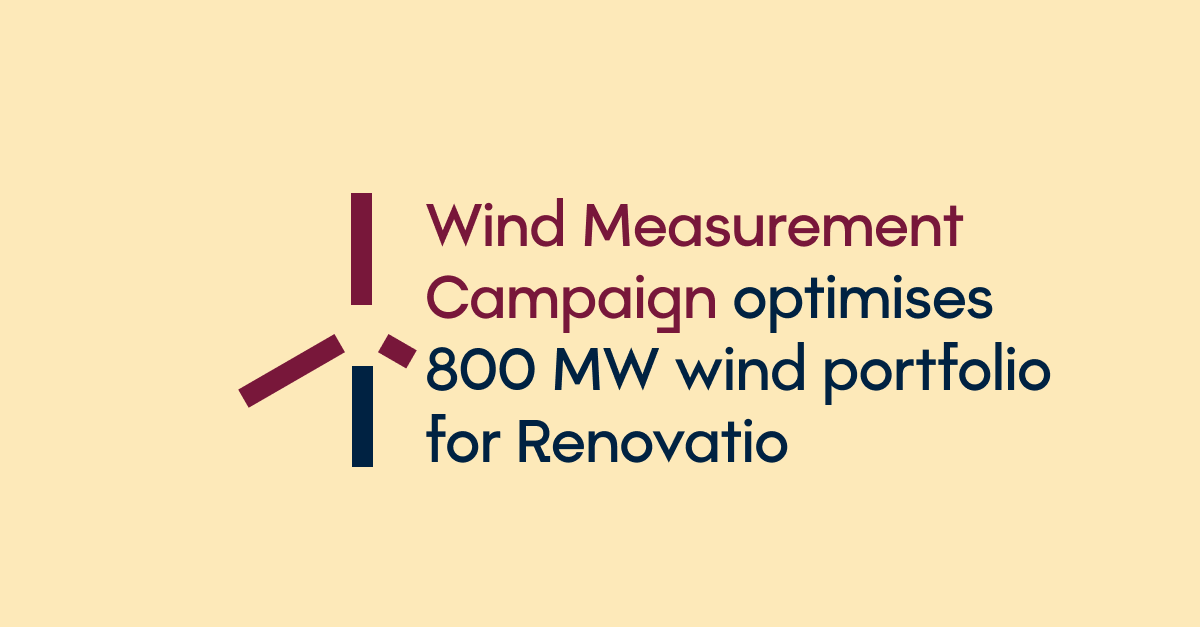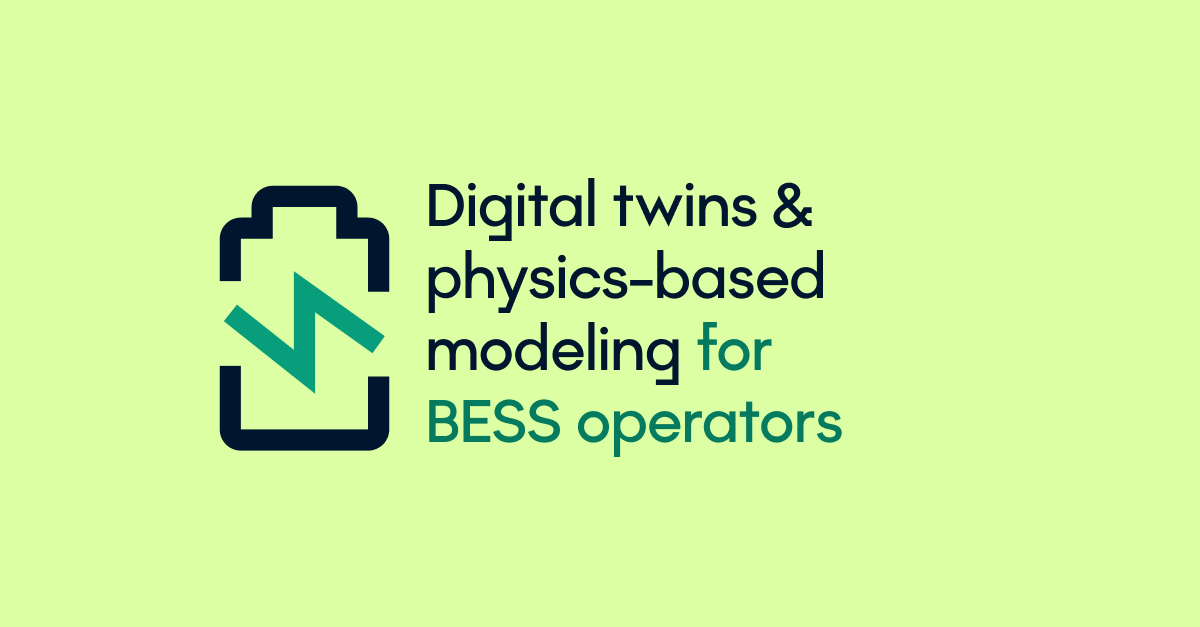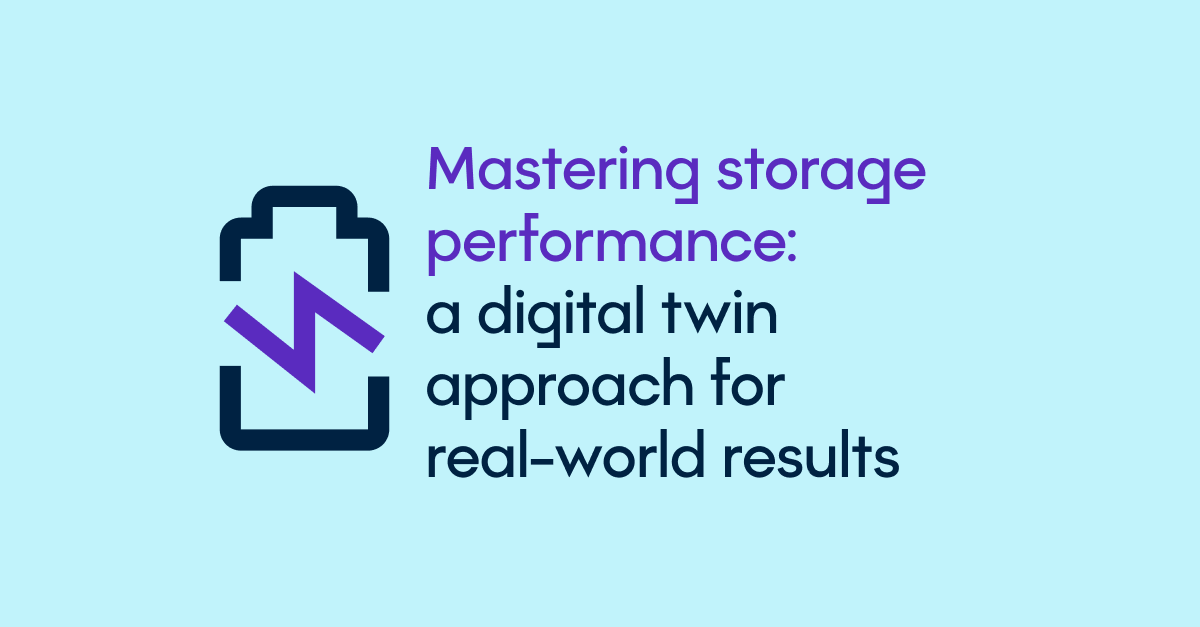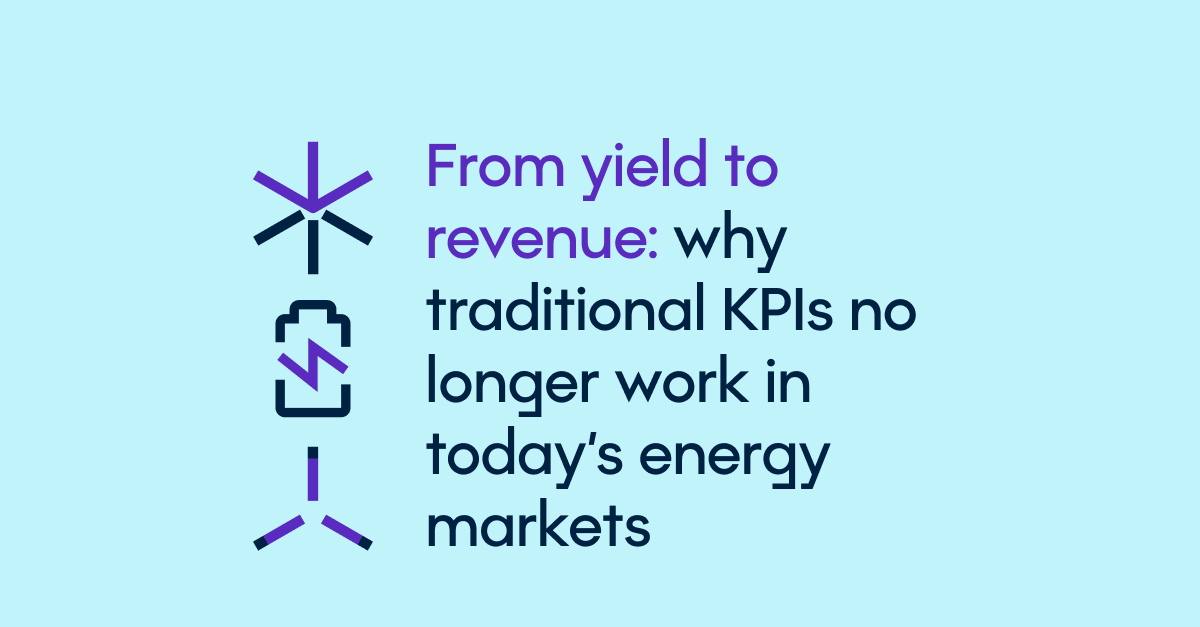With the energy law change in Turkey, the licensing of wind power plants has been regulated through a tendering process since 2014. The first group of applications for an announced capacity of 3GW were accepted by the Energy Market Regulatory Authority (EMRA) at the end of April 2015. In May 2015, an additional 2GW capacity was announced for which the applications will be received in October 2016. In order to reach the 2023 target of 20GW, Turkey will continue holding tenders in the following years.
3E has been actively working in the Turkish market since 2009. Our consultancy services cover the whole process from the measurement mast installation until handing in the EMRA application and the following technical/financial preparation of the tender organized by the grid operator TEIAS. The energy yield assessment process 3E uses is the standard process used across the industry for a long time, but its application to Turkish projects needs both care and experience, as there is a number of Turkish specific features that need to be handled adequately in order to generate reliable P50, P75 and P90 figures.
Short-term wind regime
The tendering process obliges collecting data with a meteorological mast on project site for at least a year. Considering the large project scale and high terrain complexity of projects in Turkey, a single measurement mast is usually not sufficient and should be supported by other remote sensing technologies such as Lidar/Sodar or, if available, SCADA data from neighboring wind farms. Industry standards recommend a maximum distance of 10km between a measurement point and a turbine on flat terrain whereas this distance is recommended to be as low as 2km on complex terrains.
Long-term extrapolation
Meteorological stations in Turkey could be considered as long-term reference datasets but they should be investigated in detail to ensure their continuity and consistency in time. Otherwise, they can lead to biased long-term extrapolations. Indeed, 3E’s experience shows that most of the stations are not reliable since their data availability rates are low and have ambiguous information on the historical background. Other reliable sources are reanalysis datasets such as Merra2, Era-Interim, ECMWF, … or commercially available mesoscale datasets.

Figure 1 – Short term measurement (green) adjusted over the long term (red) using local met stations or re-analysis data
Wind flow modelling
Terrain modelling represents the basis of wind flow modelling and elevation requires attention, especially on the complex sites you can find in Turkey. Depending on the spatial resolution of the numerical model, representation of hills might completely differ from reality, which in turn results in prediction errors. Therefore, detailed elevation models should be used, such as local topographical maps instead of low-resolution models like SRTM.
Another important aspect is the selection of the right wind flow solver, depending on the terrain characteristics. There is no doubt about the necessity of Computational Fluid Dynamics (CFD) based models given the terrain complexity. However, during this early project development stage, a tendency is observed in the Turkish wind industry to take a shortcut and use linear flow solvers (like WAsP) which are not able to capture complex flow phenomena. It’s essential to mention that this is a very risky decision. The selected wind flow solver will be used for the wind mapping of the region and a consequent site limit determination at this stage or any error here will be impossible to correct in later stages.

Figure 2 – Flow over a steep hill
Wind mapping of the site
With the suitable wind flow solver (CFD based in case of a complex terrain), a wind energy map of the project region is generated, together with the turbulence intensity and flow inclination maps. This way, not only wind potential but also design limitations of wind turbines are taken into account.

Figure 3 – Wind mapping
Determining site limits for an EMRA application
The site limit determination is the most important step before the EMRA application, which cannot be changed in the upcoming licensing stages. Therefore, it is vital to cover the best area; ideally one with high wind energy potential, and low turbulence intensity and flow inclination. The maximum area which can be covered is dependent on the total capacity of the projected wind farm and the relation between the two is defined by the Renewable Energy Institute. The maximum area criterion changed twice up until now, which in turn resulted in a change in the strategy for site limit determination.

Figure 4 – Site limit definition
Micrositing
Under the EMRA application process, although they are closely related, site limit determination and micrositing tasks have essential differences in approach. Site limit determination aims at securing the largest possible area in the application process, in conformity with the technical details defined by the Renewable Energy Institute. Final micrositing of the turbines once the license is secured is less restrictive in terms of distances between turbines and therefore purely aims at finding the optimum siting of the turbines. The larger the area, the easier the optimization process. That’s why securing large site limits is essential. Furthermore, although site limits can’t be changed later on, capacity increase is possible, which is another reason to try and secure a large site.
3E uses a combination of automatic optimization and manual adjustment to determine the best micrositing results with maximized energy outputs.
Conclusions





